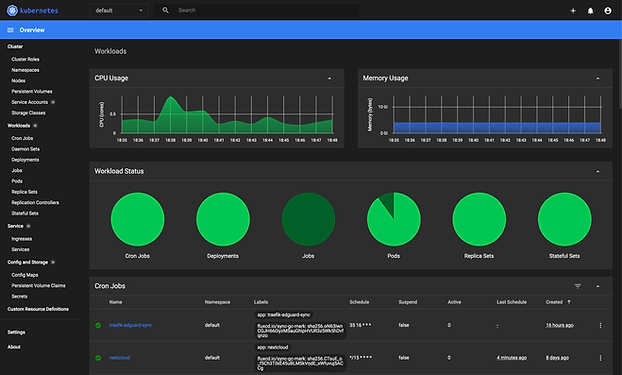The world's first AI-generated high-fidelity multi-physics system-level simulation stack
Sim Dot Space is revolutionizing aerospace development with our patent pending AI-generated high-fidelity, multi-physics system-level simulation framework. Our tech boosts productivity, cuts costs, and accelerates schedules. Enabling non-programmers to create complex, simulations in minutes instead of weeks or months. Trusted by governmental and private aerospace programs for autonomous airborne platforms, and Earth and lunar space missions.
Key Steps in building Successful Next-Gen System-Level Simulations
The aerospace industry is facing unprecedented challenges: rising complexity, shrinking budgets, and the need for faster development, while facing increased competition from both established players and new entrants. Legacy simulation tools struggle to keep pace, while skilled personnel have become expensive and scarce.








Simulations & Models running as Micro-services
Sim Dot Space employs a micro-services architecture that enhances re-usability and maintainability while simplifying the integration of both internal and external components. This architecture scales seamlessly from single satellites to large constellations or swarms of UAVs, leveraging a combination of micro-services, cloud computing, and heterogeneous distributed processing. Sim Dot Space runs on a variety of topologies, encompassing servers, VMs, Docker containers, Kubernetes, and HPC

Seamless Integration via
Open API architecture
Sim Dot Space boasts an open architecture that facilitates multi-user collaboration through REST APIs and Kafka messaging. This enables seamless integration with external tools and existing assets, such as legacy Matlab models or simulations. By leveraging REST APIs and Kafka, customers can readily integrate their valuable investments in simulation software, models, algorithms, and data into the Sim Dot Space framework, unlocking advanced features and scalability while maximizing the return on their existing investments



Unified Digital Simulation and Dynamic HIL (Hybrid Lab)
Sim Dot Space integrates Software/Model-In-the-Loop (SIL/MIL), Hardware-In-the-Loop (HIL) testing, and Digital Twins within a unified dynamic simulation environment, providing a holistic approach to system testing and validation. This approach ensures consistency and reliability by leveraging the same scenarios and training methodologies across SIL and HIL, minimizing the learning curve for both simulation users and satellite operators.
Digital Twins
Sim Dot Space infrastructure simplifies the development of Digital twins of physical systems, using real-time updates from telemetry and other sources. Digital Twins enable Operations optimizations (e.g. battlefield), Risk Mitigation (e.g. satellites operations and updates), Testing and validating designs using virtual prototypes, and provide valuable insight for for Predictive Maintenance



Rapid Simulation Development
Sim Dot Space's platform reduces development and maintenance costs by enabling rapid creation of high-fidelity models for complex aerospace systems (satellites, spacecraft, UAVs, ground segments). A built-in code generator and pre-built model library increase productivity, reliability, maintainability, and code consistency. Compatible with Windows, Linux, and popular IDEs. Sim Dot Space provides a modern easy to use web UI that enables developing, running and controlling simulations with a plain web browser











